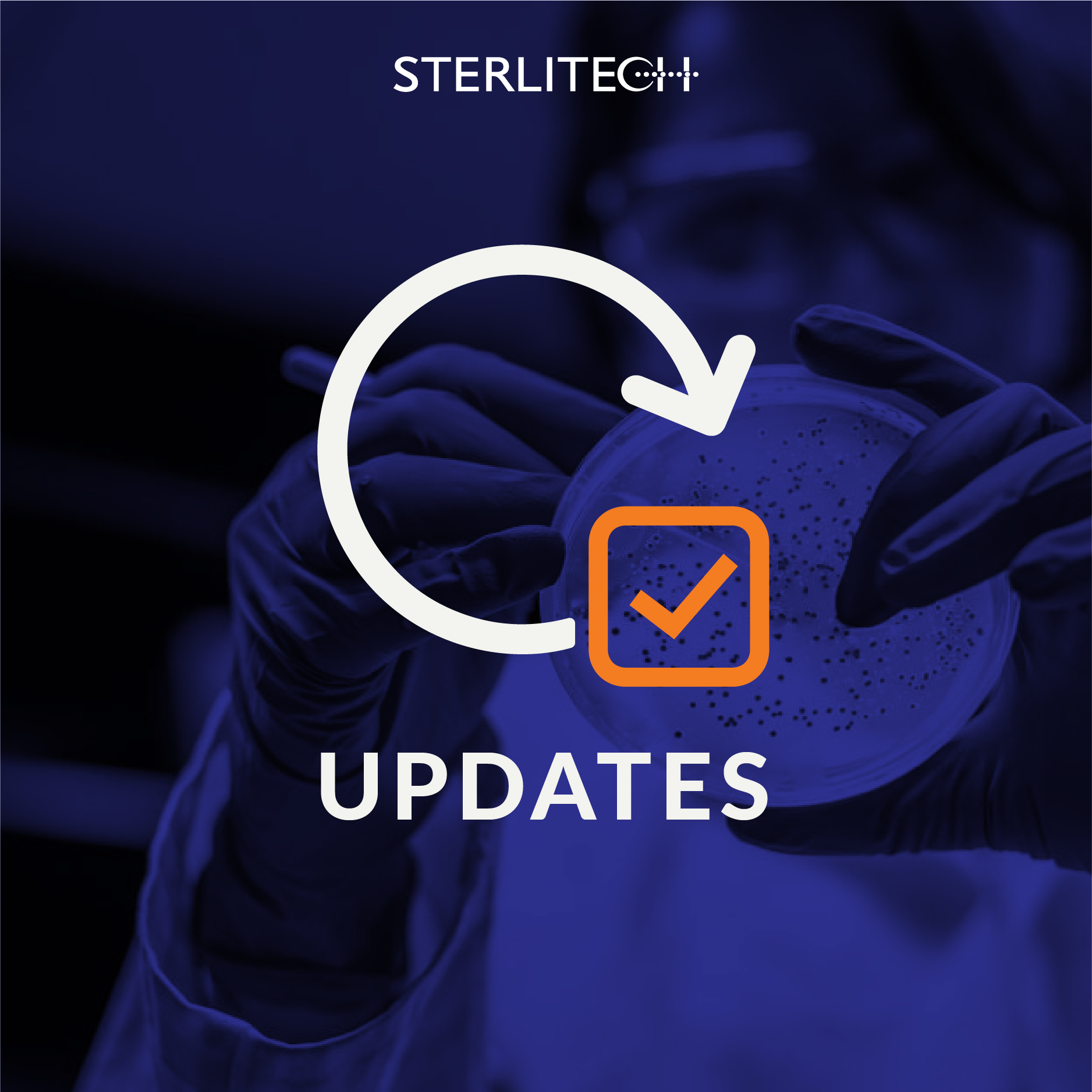Robots Taking Over Toxicity Assays
December 19, 2011

In order to catch up with the massive backlog of chemical compounds that need toxicity assessments, the NIH, EPA, and FDA are expanding their Tox21 robot screening program to start testing a compound library of 10,000 samples. The Tox21 screening program was first conceived in 2005 and is a joint development between these three agencies. The Tox21 robot, located in Rockville, MD, was introduced earlier this year as the heart of the program and has already studied about 500 chemicals. To give you an idea of what an improvement this is, the EPA has only tested 200 chemicals since 1976. By speeding up chemical toxicity analysis the government will also accelerate the drug development process, as drug toxicity is one of the primary reasons new drugs fail.
The six-ton Tox21 robot system can test thousands of chemicals simultaneously using its vast network of tiny wells to perform high-throughput, cell-based assays at 15 different concentrations. The robot system is able to identify which chemicals have a potentially harmful reaction and then isolate them for further analysis by researchers. The economies of scale provided by Tox21 allow the program to keep the cost of testing each chemical to only a few hundred dollars.
The types of chemical compounds being tested by Tox21 are the same ones that go into food additives, medication, and industrial solvents, so the stakes for this project are high. To this end, the Tox21 team has opted for full disclosure of its results. From the Tox21 website you can see the full results of the chemicals that have already been tested, as well as the list of the 10,000 chemicals scheduled for analysis.
An added benefit of this project is that one of its mandates is to look for new chemical testing strategies that will minimize the number of laboratory animals used.
Learn more about Tox21 here.
Read the press release from NIH here.
Share on Facebook
Share on Twitter
Share on Pinterest
Comment(s)
Did you find this article helpful?
0
0
Loading...
Categories
- Most Viewed Blog Articles (5)
- Company News (285)
- Emerging Technologies (64)
- Microbiology and Life Science News (93)
- Water and Fluid Separation News (97)
- Filtration Resources (93)
- Product News (19)
Recent Posts
Archive


![Join Sterlitech at BIO 2024 [Booth #5558]: Exploring the Future of Biotechnology](https://www.sterlitech.com/media/blog/cache/300x200/magefan_blog/b4.jpeg)



